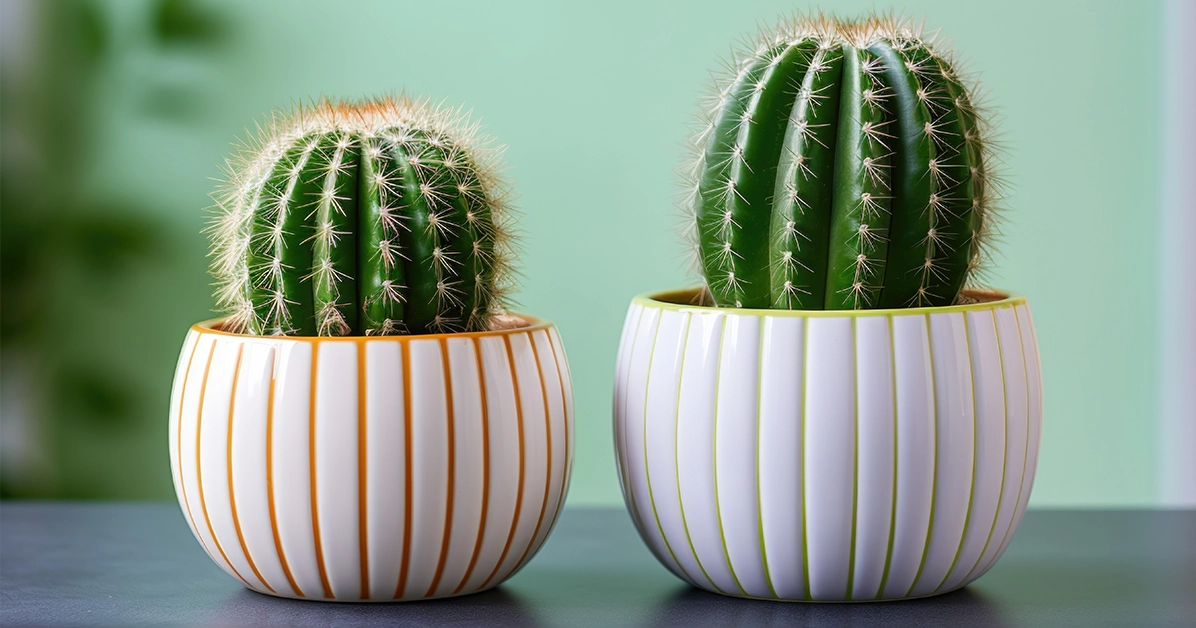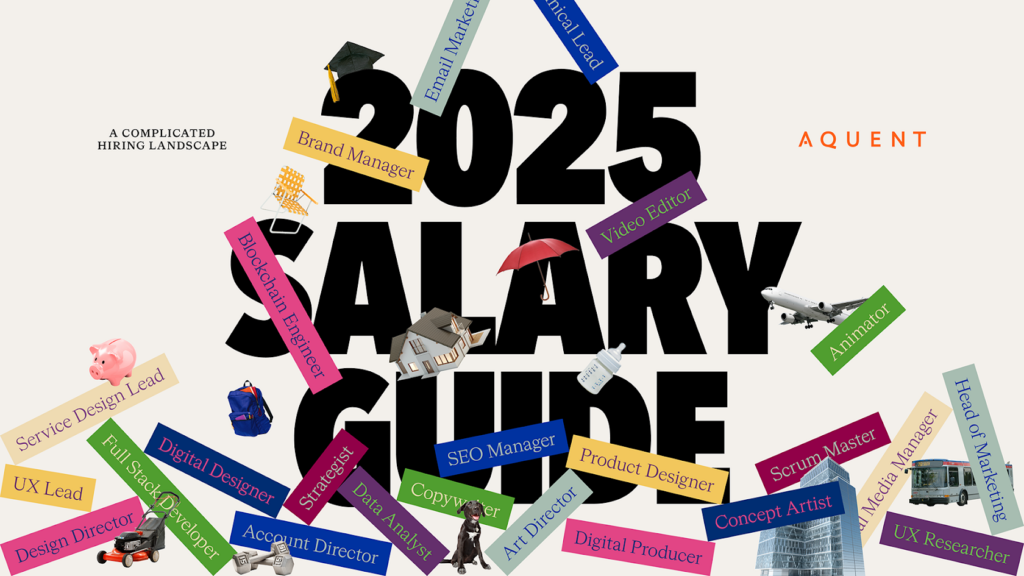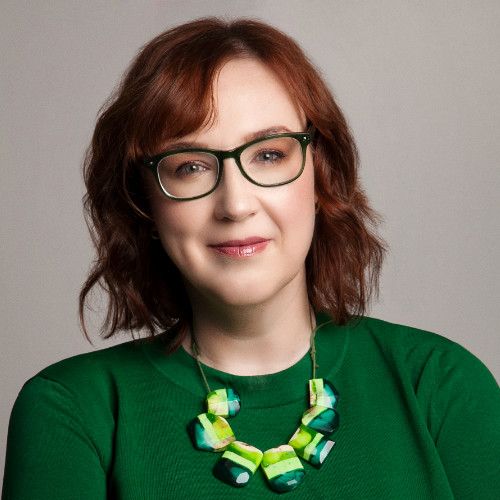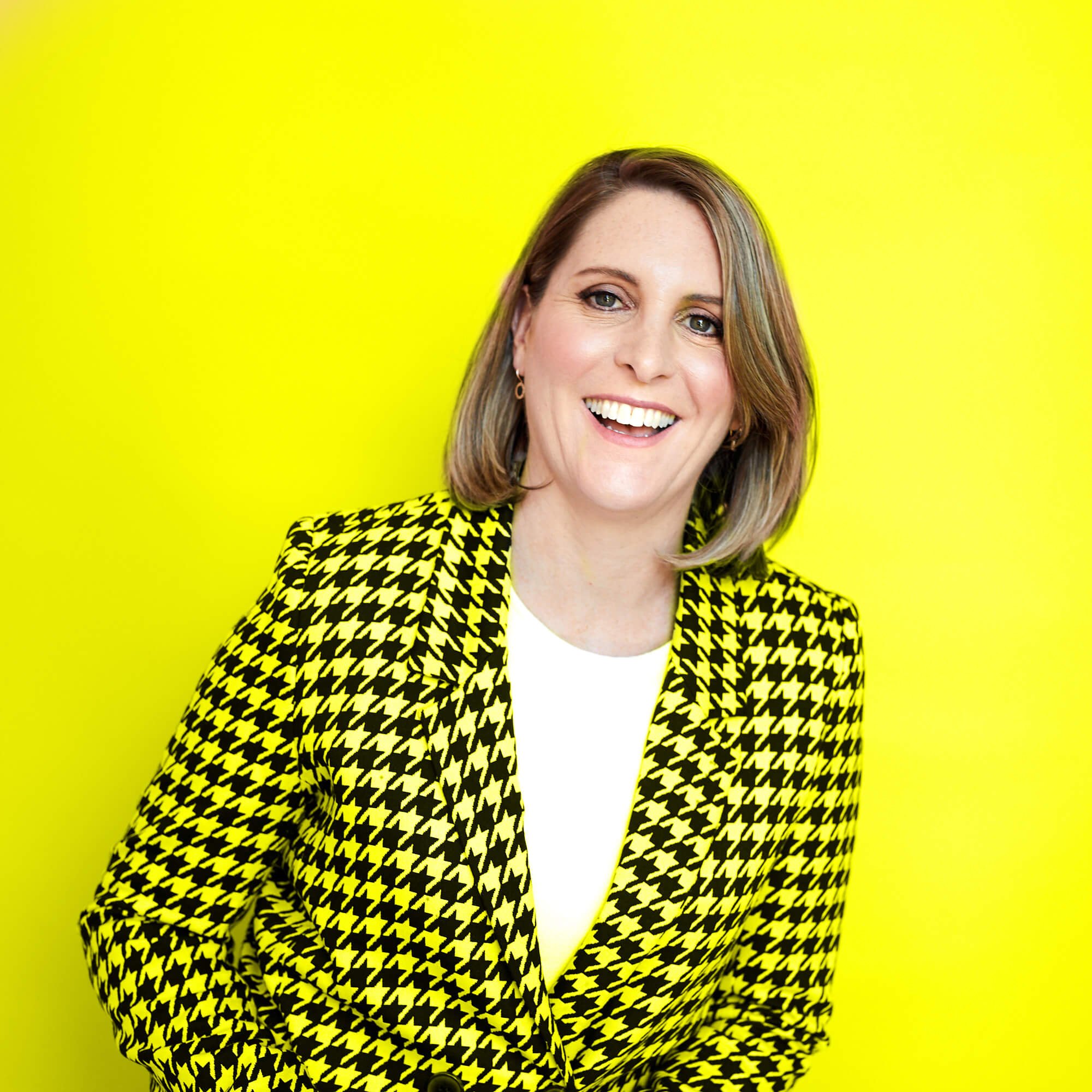What is the difference between a Graphic Designer and an Art Director? This is a really good question and one I would like to answer for you by looking at
- the career path,
- skills, and
- responsibilities.
The Career Path
A Graphic Designer tends to work in a branding/design agency with the following career path:
- Junior Designer
- Designer
- Senior Designer
- Art Director
- Design Director
An Art Director tends to work in an advertising agency with the following career path:
- Junior Art Director
- Art Director
- Senior Art Director
- Associate Creative Director
- Creative Director
In an ad agency, “Art Director” is a speciality, half of a creative team, like a copywriter. But in design, you tend to work closely with the wider creative team.
If you’d like to explore the salary ranges for the above role, or if you’d like to check your own salary, you can instantly (and anonymously) compare your salary using our Compare My Salary tool.
Graphic Designer and Art Director Skills
One difference can be that a Graphic Designer is focused on the execution and the Art Director is involved in the concept of the idea.
But, it’s not that simple, because, there are plenty of Graphic Designers that are conceptual and a lot of Art Directors that execute.
So, we need details…
Graphic Designer
As a Graphic Designer, your skills are focused on the elements of visual communication and craft. When I say craft, I mean things like layout, typography, colour, and even illustration. You focus on the “how” of a project. How is it going to come to life visually? They are experts in making it look amazing.
Art Director
As an Art Director, your skills move more into the conceptual side. It’s less about “how” it looks, and more about “what” is the idea. So, those skills are a little more abstract: ideation, the conceptual connection of pieces, and creative direction.
However, with those skills comes the requirement to be able to see, understand, and direct others’ unique skill sets. And to do that, you usually need to have those skills, as well. This is why so many Art Directors are expected to have design skills.
Graphic Designer and Art Director Responsibilities
Graphic Designer
As the Graphic Designer, you’re responsible for the look, feel, and like I said earlier, craft of the project. Depending on what that project is, it could mean you’re creating a design system, assembling a layout, or developing typography.
You’ll work with others who are even more specialised in their trades: typographic designers, UI/UX designers, re-touchers, producers, etc. If it involves making the project look good, this be down to the Graphic Designer.
Art Director
On the other hand, the Art Director’s responsibilities are much more varied. First, there’s the execution side. Brainstorming, idea development, presentation or deck building, and comping up pieces are a few of the more concrete, labour-intensive parts of the job.
Then it gets into the management side because an Art Director’s role is in its name: you direct the art. In reality, an Art Director works with a Graphic Designer. But you also work with photographers, illustrators, animators, colourists, editors, mixers, and pretty much anybody that’s involved in the creation of a project. You help direct all those experts towards the same goal of executing a project cohesively.
As an Art Director, you're the conductor of the orchestra, helping all the musicians play the same song
Most of the time, you need to work very closely with a producer, because along with you, they are the connection between these different experts. And that will involve going to TV and/or photography shoots, edits, mixes, press checks, etc. But at the core of it, you need to sell that idea through, the entire way, from the client to the finish line.
Although this can be complex and not always black and white, hopefully this has made it a little easier to understand the roles and how they differ. I would love to hear your thoughts on the difference and if you agree, or have anything to add.
Latest.

AI adoption failing isn’t the tech, it’s the people. How smart businesses overcome this.
Technology, Thought Leadership, Industry Trends

Temp-to-perm is the best way to hire today.
Hiring Insights

How to keep top talent: Strategies for successful onboarding
Hiring Insights, Ask Aquent, Training Resources





